7 ways to kill weeds naturally — no chemicals required
Here’s how you can kill weeds in your lawn and yard without chemicals
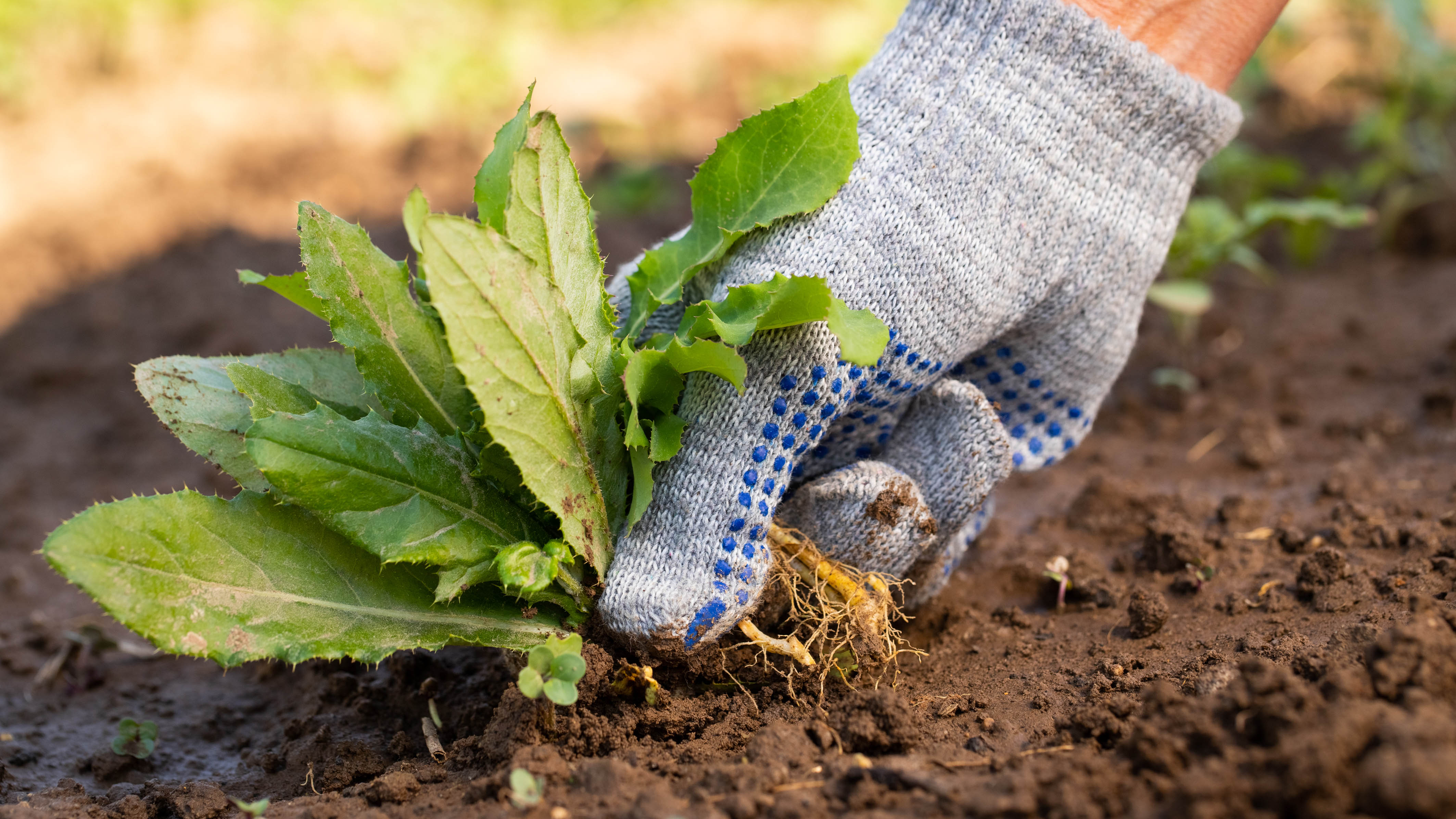
Our yards are in their prime during the spring, thriving as temperatures increase. It’s the best time of year to learn how to plant grass seed to give our lawns some fresh growth — this is just one of the ways you can make your grass greener. It’s also time to break out the lawn mower to give your lawn some well needed TLC. On a side note, did you know there are 7 ways you can reuse grass clippings after mowing?
However, it’s not all good news for gardeners. Weeds continue to pop up and make their mark in our precious yards. We can’t ignore such a nuisance either — the larger they grow, the more difficult they become to remove and the more damage left behind. But, what can you do if you don’t like using chemical treatments? Thankfully, there are options available. We’ve rounded up 7 natural methods to kill weeds, so you can spare your yard from unnecessary chemicals.
Plus, here are 7 ways to prevent weeds from taking root in your yard and this weeding tool has rid my yard of dandelions and it's under $20. Plus, here are 5 easy ways to prepare your lawn for winter, according to the experts.
1. Remove by hand
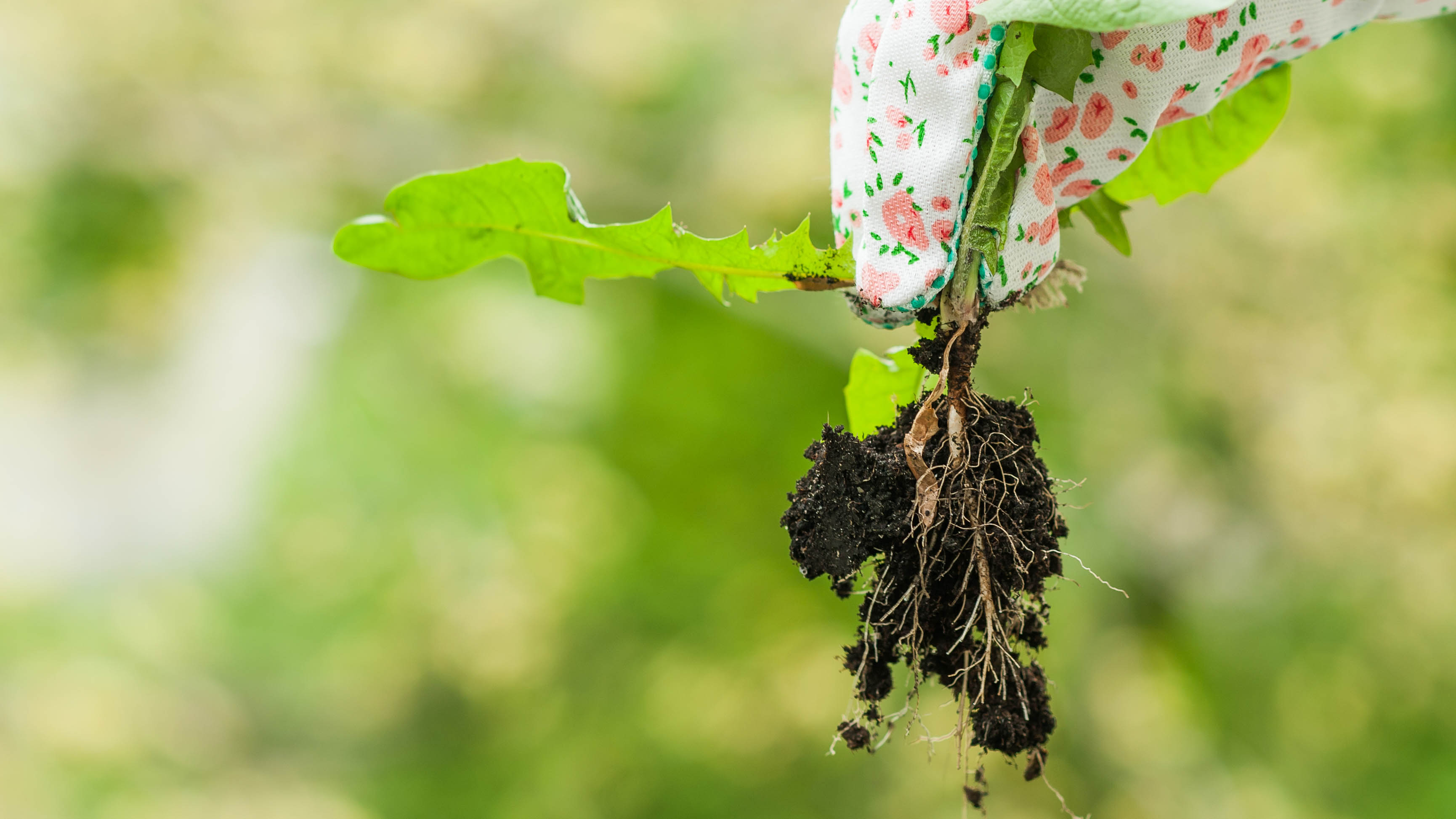
First of all, there’s nothing wrong with the traditional method of removing weeds by hand. This is an effective way to get rid of weeds, so long as you take care during the process. While wearing a pair of the best gardening gloves, you simply need to grip the weed at the base of the stem, close to the soil’s surface, and pull it free, but do so gradually.
It’s essential you don’t tear the weed during this process, because remnants will quickly recover and grow back. Once you have a firm grip of the weed, first you should wiggle it to displace it. Then, while working the soil with a garden fork, such as this Garden Guru Stainless Steel Hand Weeder Fork Tool ($15.99, Amazon), gradually remove it, but don’t rip it out. You can readily buy weeding tools so you can tackle this chore while standing if needed too, such as Grampa's Weeder ($39.99, Amazon), although the same care and persistence will be needed during removal. This method will reduce the potential damage to your lawn as well.
Remove a weed before it seeds, otherwise these can be displaced easily during the removal process, promoting more weeds in your yard.
2. Natural weed killer
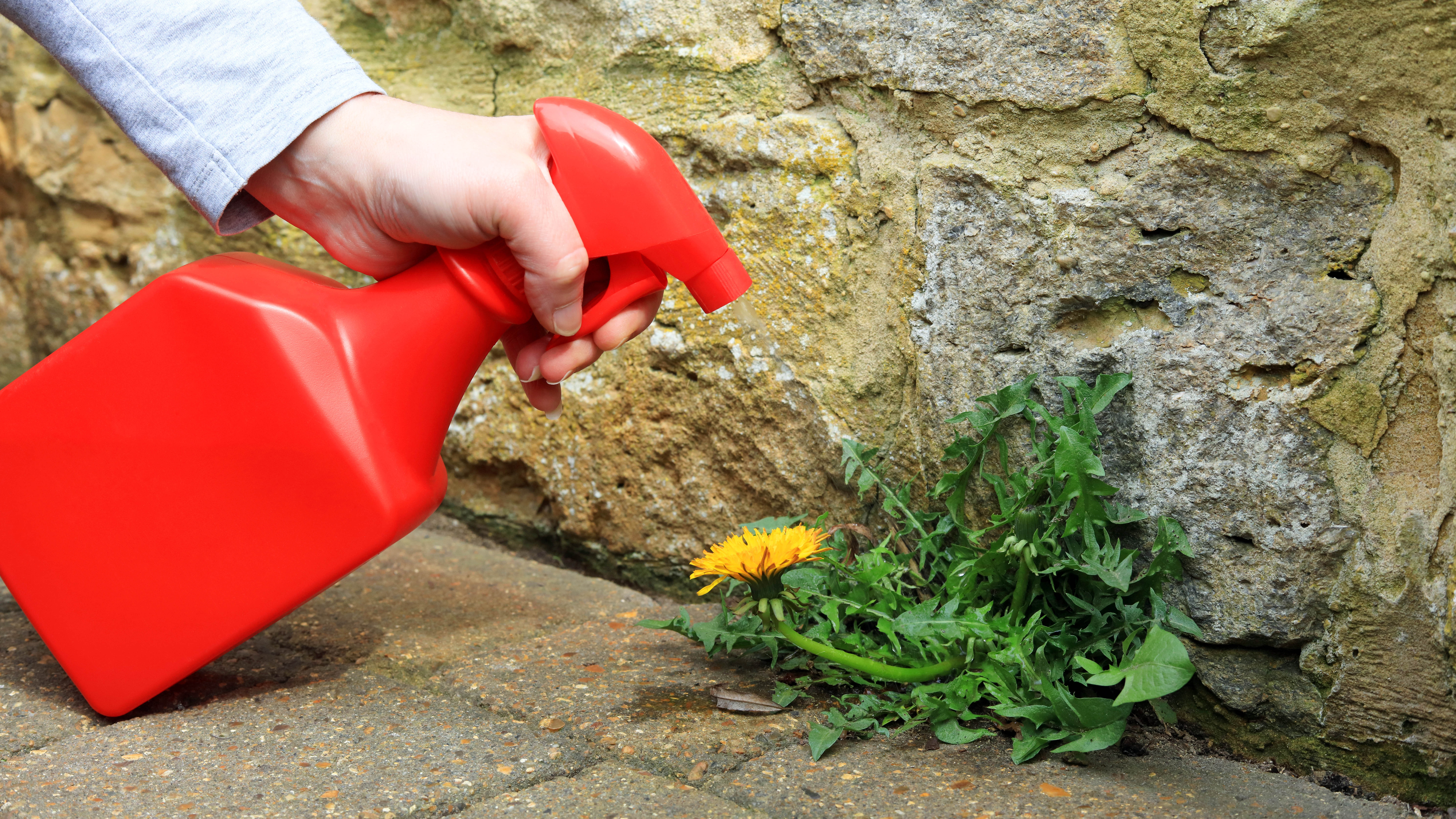
Not all weed killers on the market contain chemicals in the first place. More and more eco-friendly alternatives are being introduced to expand the options available. Natural weed killers are generally biodegradable, with plant or vinegar-derived formulas. Some are safe to use around pets as well, but you should always check this via the label. However, care must be taken when applying such products, because the majority are non-selective and can’t differentiate weeds from grass and other plant life.
Sign up to get the BEST of Tom's Guide direct to your inbox.
Get instant access to breaking news, the hottest reviews, great deals and helpful tips.
That means, while applying it to weeds between patio slabs may be easy and effective, you could cause some damage if you apply it to your lawn or flowerbeds. In such cases, you will either need to take extreme care or try another solution. An example of this kind of product would be Green Gobbler 20% Vinegar Weed & Grass Killer ($28.98, Amazon).
3. Homemade weed killer

If you want to save some money, another solution would be to create your own homemade weed killer. All it takes are a couple of household items most will find in their kitchen cupboards. Take a gallon of distilled white vinegar, and combine it with a cup of salt and a tablespoon of dish soap, then mix it all together and distribute it via a spray bottle.
While this is an effective weed killer, keep in mind that, much like the store bought alternatives, it’s non-selective and will damage and kill any other plant life it makes contact with. So apply with great care and reserve it for weeds which are segregated. Do not apply a natural herbicide on days when it’s windy or rainy, otherwise the solution can be blown onto other plants or washed away, rendering it pointless.
Whichever natural weed killer you use, be sure to fully saturate the leaves as well as the roots of weeds during treatment. You should see results within 24 hours, but it may take longer depending on the solution you use.
4. Mulch
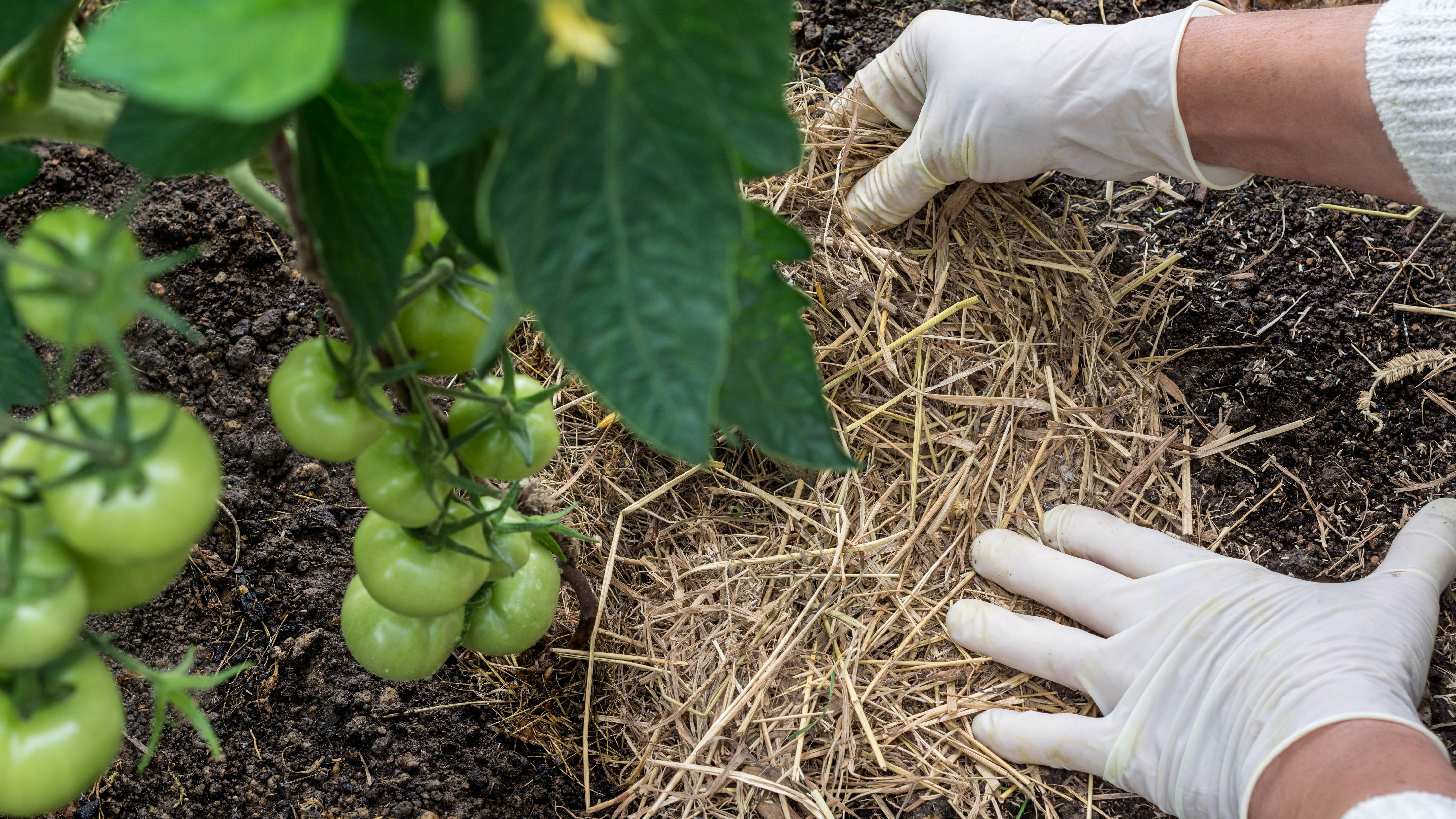
Mulch is something every flower bed and vegetable patch should be taking advantage of. As a thin layer of organic matter on the surface, a natural mulch helps retain moisture in the soil, introduces nutrients as it breaks down, and protects from frost when the temperature drops. But, it can do more than that — mulch will actually keep weeds at bay as well.
This is because it provides such a layer that it blocks the sunlight as any weed seeds try to grow through. Weeds can’t survive in such conditions, and so they never have a chance to penetrate the surface. Mulch needs to remain about 2-3 inches thick to be effective in this manner, plus you need to replace it as it breaks down.
Don’t let your mulch get too thick though, otherwise it will reduce access to water and oxygen, effectively suffocating your plants.
5. Corn gluten meal
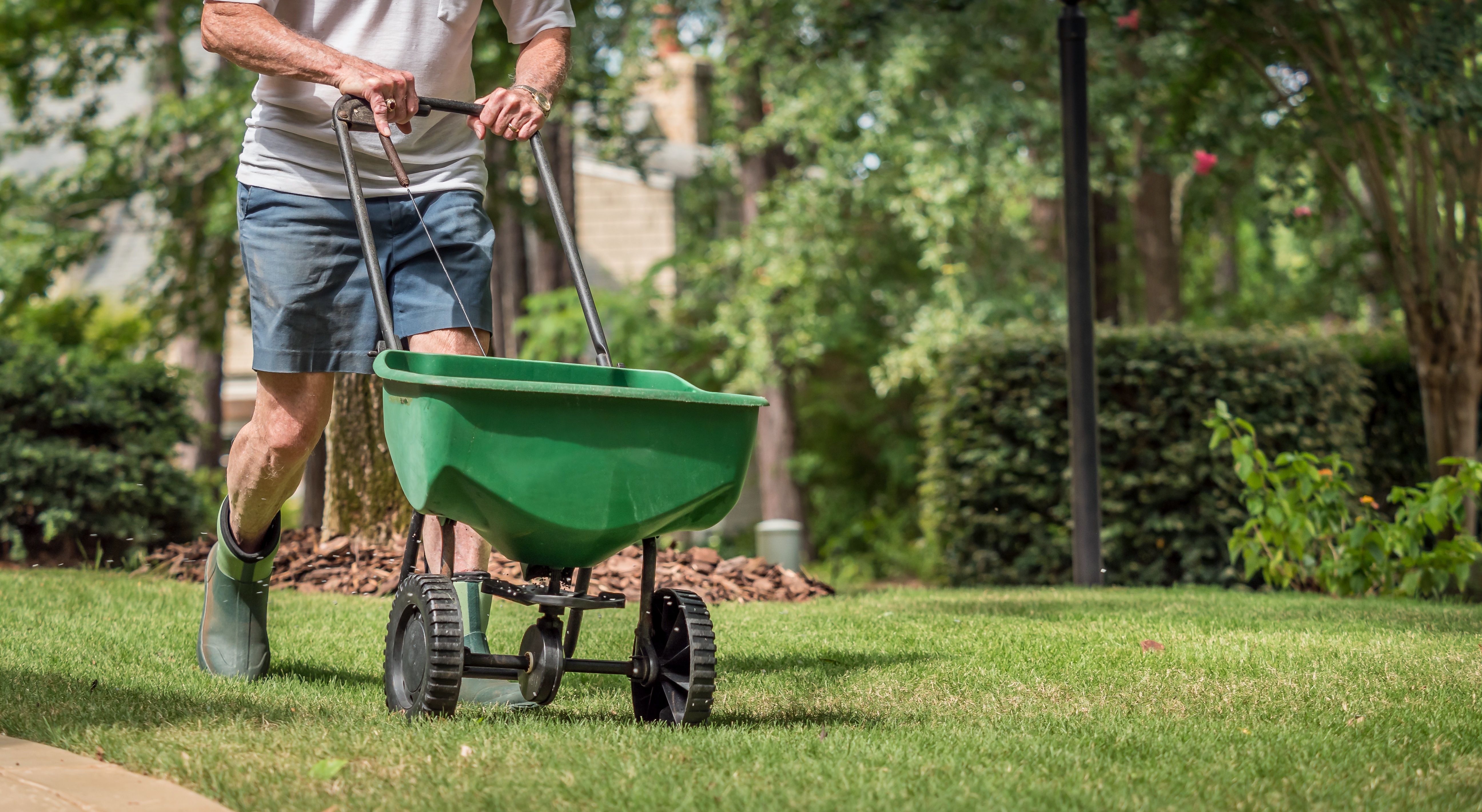
Pre-emergent herbicides exist to stop weeds from forming in the first place. You typically lay this down in the spring, and reapply as necessary. While the majority of online options involve chemicals, there is a natural alternative you can turn to. Corn gluten meal is a powder which is generated during the corn milling process. It prevents weeds by releasing proteins into the soil which deter root growth, plus it contains nitrogen, which makes it an ideal slow-release fertilizer.
However, just as it is with all pre-emergent herbicides, timing is everything. This will only prevent those weeds which have yet to germinate — it won't damage any which are already grown or established. Plus, it will deter other kinds of seeds in the process too, so growing grass seed would be pointless. You would have to wait until the fall before seeding. Corn gluten meal needs to be watered in after applying, and then left to dry for a few days to take effect.
Check out these other 9 mistakes you’re making when planting grass seed.
6. Salt
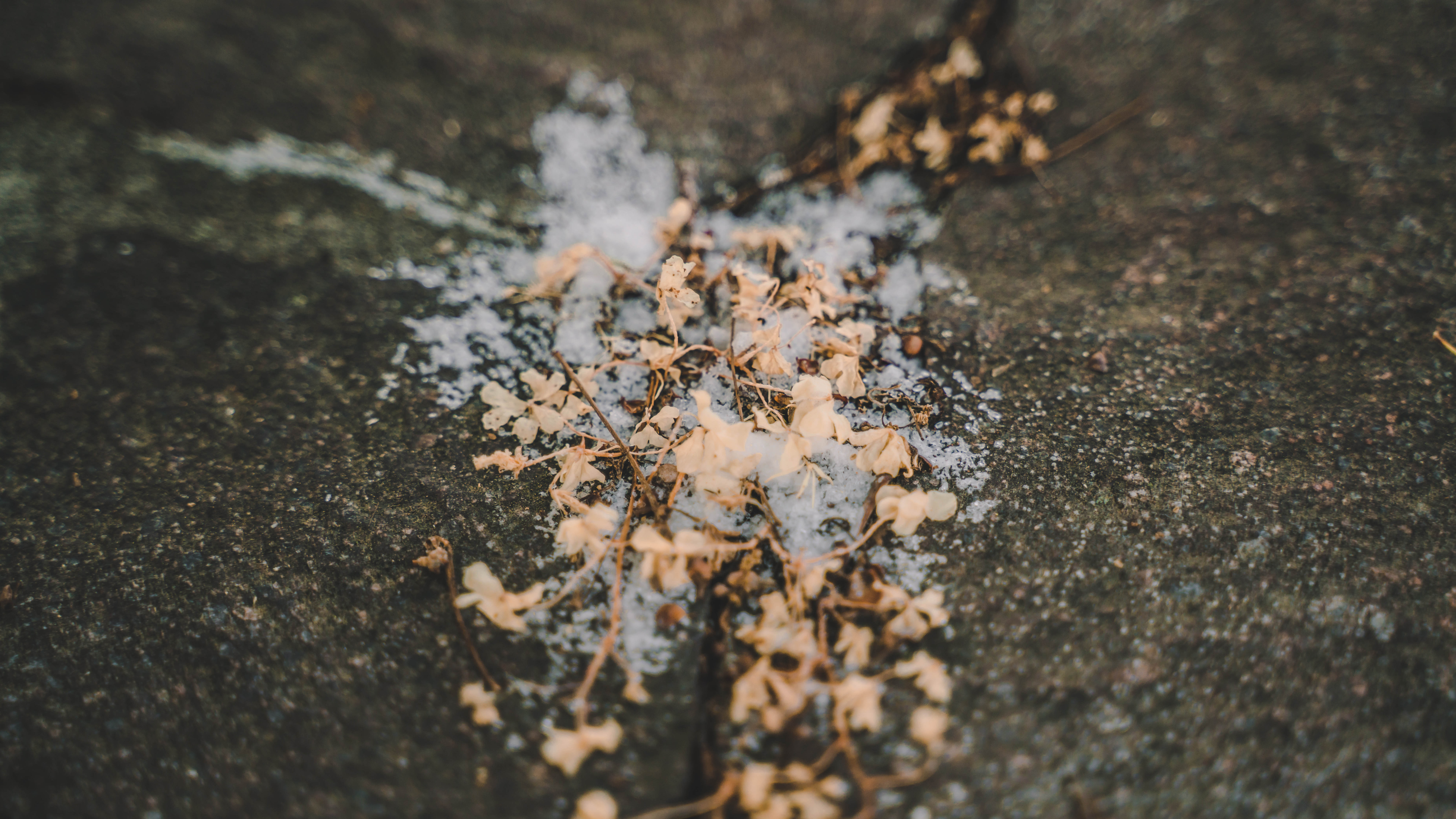
Salt has a great many uses — in fact, here are 9 clever ways you can clean with salt. It can come in handy in the yard as well, because it turns out salt is an effective weed killer. All you need to do is sprinkle a small pile of table salt at the base of the stem, and then leave it to work its magic. The rain will dilute it into the roots and ultimately dehydrate and kill the weed.
However, caution should be taken with this method. Salt will kill any other plants it comes into contact with. So don’t apply while it’s overly windy. It can reach alternative plants once diluted in the soil too, so don’t apply too close to any neighboring plants.
It’s also worth noting that salt will prevent you from growing anything in the soil in the short term, so skip this method should you want to grow plants here in the near future. Salt can be damaging to pavers and patios too, so avoid it if the area is unsuitable.
7. Ground cover plants
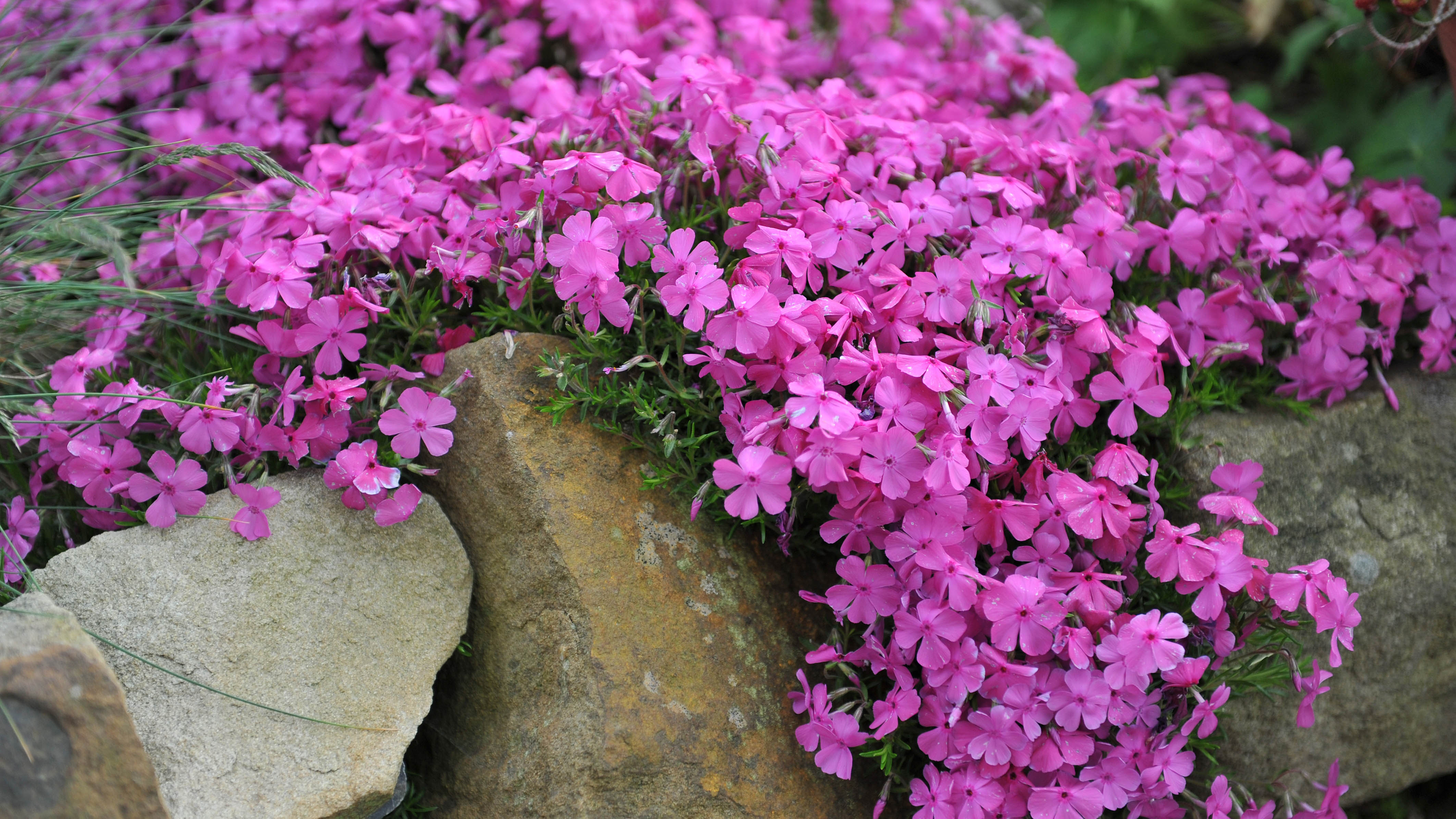
Finally, ground cover plants are another natural solution for preventing weed growth in your flower beds. These plants tend to remain short and close to the ground, growing outwards to cover wide areas. They’re great for controlling weeds because they can cover and protect any bare patches of soil, which stops any weed seeds from reaching the surface. Even if some weed seeds make it through, ground cover plants will block the sunlight from reaching the surface, in the same way that mulch does, so there’s little chance of the weeds maturing.
There’s a wide range of ground cover plants to choose from, with all kinds of flowers and colors to peruse. In fact, here are 7 plants that prevent weeds in your yard. But, different varieties will suit different zones, and maintenance and care will vary too. So, ask what your best options would be at your local garden center. Some favorites include Creeping Phlox, Honeysuckle and Creeping Thyme.
For more benefits, check out 7 uses for ground cover plants.
More from Tom's Guide

Katie Mortram used to be a Homes Editor for Tom's Guide, where she oversaw everything from kitchen appliances to gardening tools, as well as smart home tech. Specializing in providing expert advice for cleaning and home manintenance, she now works as Household Advice Editor for Good Housekeeping.
